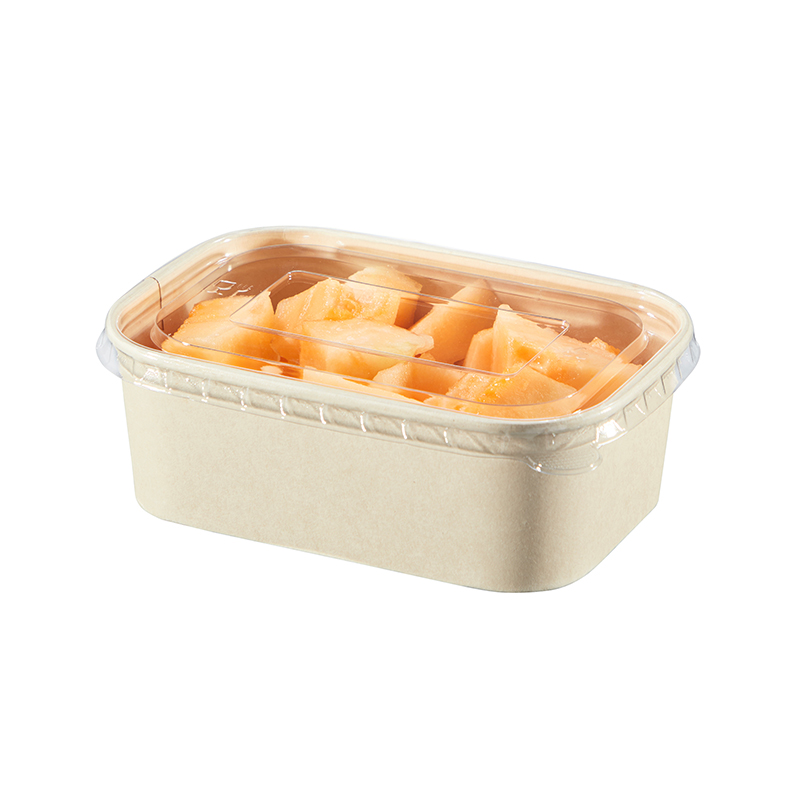When you drag a clamshell of raspberries from the back of the fridge and discover a fuzzy gray carpet where jewel-red fruit once sat, the disappointment is almost personal. The berry budget—twice the cost of apples per pound—has turned into an expensive science experiment. That tiny heartbreak is why the hinged fruit container, the clear plastic box with the snap-shut lid, keeps showing up in shopping carts and TikTok “fridge restock” videos. But does the design actually extend berry life, or is it just another pretty package promising more than it delivers?
To begin with, consider the enemies of freshness: moisture, ethylene gas, bruising, and air. Traditional vented plastic bags fight only one of these foes—humidity—by allowing water vapor to escape, yet they leave berries exposed to the ethylene that fruits emit as they ripen. Cardboard punnets feel eco-friendly but absorb juice, turning into a soggy breeding ground for mold. The hinged fruit container tries to outsmart all four spoilers at once. Its interlocking lid creates a partial seal, slowing the exchange of oxygen and ethylene without cutting airflow to zero. many models include a pattern of micro-vents along the top rim; these holes are small enough to limit dehydration yet large enough to prevent carbon-dioxide buildup, a balance that retards mold germination.
Second, the structural engineering matters. A berry is basically a water balloon wrapped in plant skin; stack eight ounces on top of one another and the bottom layer collapses under as little as 200 grams of pressure. Hinged containers combat this with raised “flow rails” on the base—tiny plastic ridges that keep fruit elevated above any condensation that collects. The lid is slightly domed, so it touches the berry crown only at its strongest calyx point, distributing weight across multiple fruits instead of crushing a single victim. Drop-test studies by the University of California, Davis, showed that clamshell-housed strawberries survived a 60-centimeter fall with 30 % less bruise area than berries in mesh bags.

Third, humidity buffering is built in. Many brands now slip a 3-gram sheet of terry-cloth-like pulp between the rails and the produce. The pad acts as a sponge, soaking up free water when condensation peaks, then releasing it back when the air inside becomes too dry, maintaining a relative humidity window of 90–95 %—the sweet spot for blackberries and blueberries. Consumers who reuse the box can refresh the pad with a folded paper towel dabbed in a teaspoon of white vinegar, a trick that lowers surface pH and further discourages fungal spores.
Still, skeptics argue that no package can fix careless cold-chain habits. If berries leave the farm at 4 °C, ride an unrefrudgerated truck to the distribution center, and then sit on a sunny passenger seat for an hour, mold has already received a five-star head start. To isolate the container’s contribution, researchers at Oregon State University compared identical lots of blueberries stored at a constant 2 °C. After twelve days, berries in hinged clamshells showed 18 % less weight loss and 40 % fewer decayed berries than those stored in open crates. The gap narrowed when ethylene absorber sachets were added to both sets, suggesting that the box alone is not magic; it is simply a multiplier of good temperature discipline.
Home tests echo the lab. I tracked two half-pints of organic raspberries for one week. The hinged group—unwashed, pad intact, placed on the refrigerator’s middle shelf—held their gloss and firmness through day six, while the control group in a reused yogurt tub began leaking pink juice by day three. On day seven I rinsed both batches; the hinged berries still tasted of late-summer sunshine, whereas the tub berries had the flat, fermented note that precedes mold bloom.
Bottom line: a hinged fruit container is not folklore. Its micro-vented seal, rail elevation, and humidity pad form a miniature climate chamber that buys fragile berries an extra three to five days—provided you keep the thermostat steady and refrain from washing fruit until just before eating. So the next time you hover between the $3.99 sale pint and the $5.99 clamshell, remember that the extra two dollars may save you from the silent tragedy of fuzzy fruit—and that alone can make the hinged upgrade worth every cent.


 en
en English
English 中文简体
中文简体 Español
Español Deutsch
Deutsch





